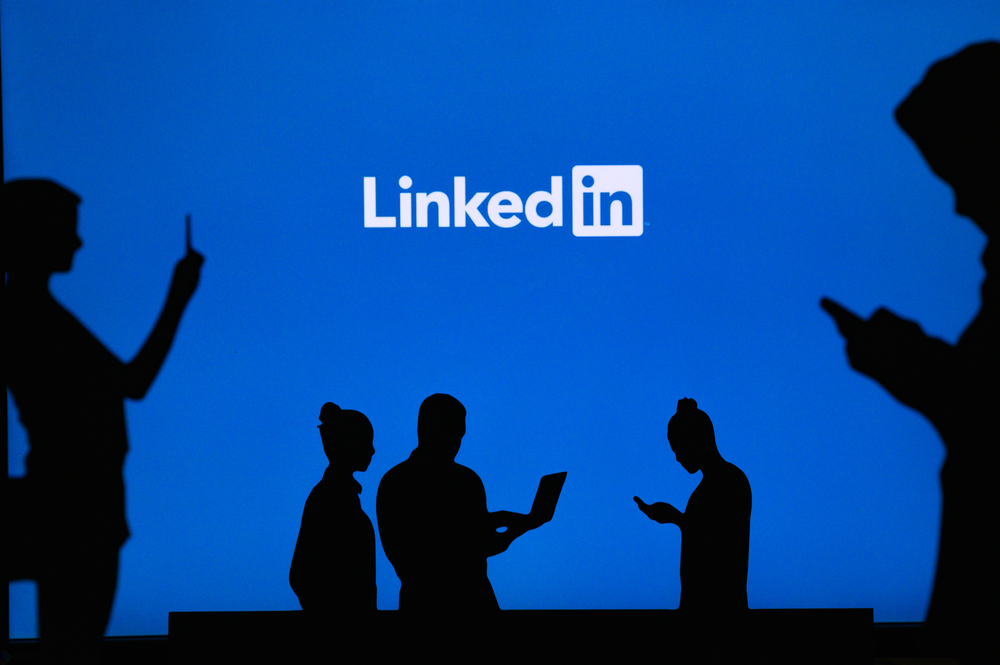LinkedIn accounts have been targeted by attackers in hacking events that have led to users being locked out of their own accounts by LinkedIn, and unable to recover them through LinkedIn support. The cyber criminals conducting these account takeover attacks have pressured their victims into paying ransoms to recover their accounts under the threat of the attackers keeping control of them, or permanent deletion. Researchers at Cyberint have looked into these recent attacks and identified the attack method and motivation driving the cyber criminals.
The attackers likely attempted to access LinkedIn account through brute force password guessing attacks, or through obtaining leaked credentials. For accounts using suitably strong passwords that were not guessed in the brute force attacks, or accounts using two factor authentication (2FA), the hackers were unable to gain access to the accounts. However, LinkedIn responded by temporarily disabling these profiles so the users themselves also lost access until they could verify their accounts and reset their passwords. Current advice from the UK National Cyber Security Centre (NCSC) is to use ‘Three Random Words’ when creating passwords, as these are “long enough and strong enough” to protect you from brute force attacks.
For users with weaker, shorter, passwords, no 2FA, or with their account credentials involved in a leak on the dark web, the attackers were able to gain access to the target accounts. Once in, they then took steps to ensure the victims account recovery process would be as difficult as possible. This includes first changing the email address associated with the account, usually to an address from the rambler.ru mail system. The cyber criminals can then perform other account changes without notifying their victims, and ensuring they have access to necessary confirmation emails, such as changing the password, and setting up 2FA. The use of 2FA means that individuals with just the account username and password alone are unable to log in, as a second authentication factor is required, such as a one-time-passcode sent to a mobile device or authenticator app. The strength of 2FA in account security is evident through the difficulty users are having regaining access to their own accounts after the criminals have established 2FA, with LinkedIn support wait times increasing, some waiting more than 10 days for an initial response.
The threat actors behind these attacks have not been identified yet, so the true motivation is unknown, however some speculation is that these attacks are not financially motivated. If a ransom demand is presented to the compromised account owner it is for a small amount of money, described by Cyberint researchers as only “a few tens of dollars”. Well-established LinkedIn profiles created by real people with a real work and post history are valuable to attackers because they can be used in social engineering, phishing, and job offer scams to make their false offers more convincing. The compromised accounts could also be used to gather information about the work their victims do by reading messages between them and their colleagues. The ability for attackers to make posts and send messages from the victim’s accounts can also be potentially damaging to their professional reputation.



















“We were very impressed with the service, I will say, the vulnerability found was one our previous organisation had not picked up, which does make you wonder if anything else was missed.”
Aim Ltd Chief Technology Officer (CTO)